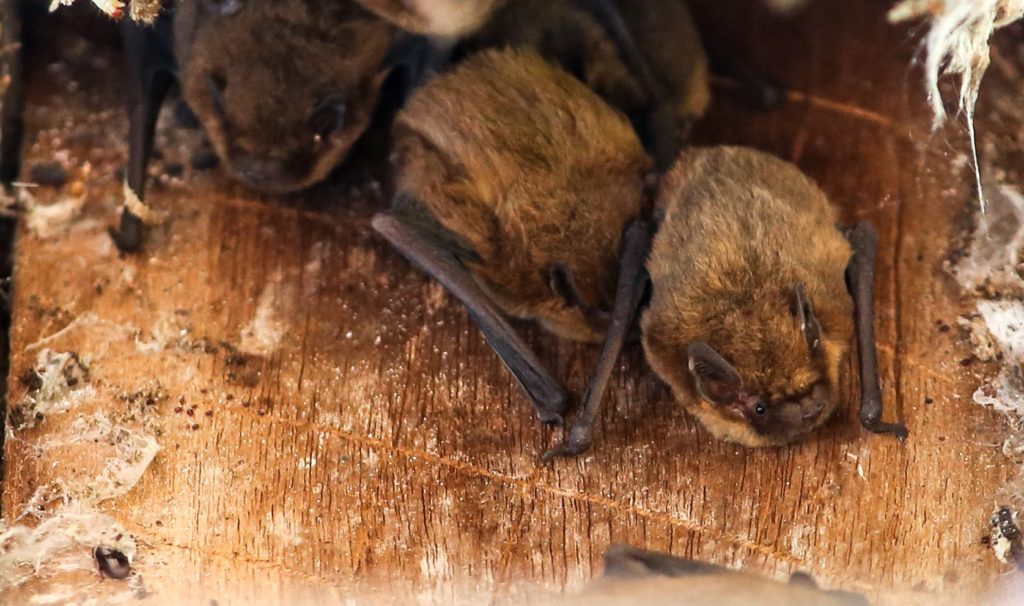
PROPERTY consultancy firm Galbraith has urged construction workers to take extra care when working in buildings that may contain bats.
Galbraith has reported an increase of bats hibernating in buildings, and that it can cause increasing problems during renovation works.
Bats are protected species in Scotland, meaning failure to comply with legislation can result in criminal prosecution. Galbraith has advised on what measures should be taken when working in buildings that contain bats.
James Taylor, of the company’s building surveying team, said, “When planning any project that creates a risk of disturbance to bats, or indeed any other protected species during their breeding cycle, it is vital to start preparations early and plan ahead.
“There are a range of measures that can be undertaken including the timing of the work to avoid the breeding season, installation of bat boxes to re-house any bats found during the work and specifying the installation of lead slates in new roofs to maintain access for bats in future.
“The use of under slate breathable membranes can be problematic where bats are present as bats can become entangled in the membrane. Therefore, the design of the roof has to be carefully considered and the introduction of alternative roof felts and roof ventilation factored in, depending on the roof structure and design.”
Ecologist, Sabina Ostalowska of Bowland Ecology, added, “We have worked with Galbraith on building projects where protected species, most commonly bats, have been found to be roosting. The understanding of wildlife legislation and responsibilities with regard to protected species is an essential component of managing projects. The awareness of bat conservation issues by property firms along with the ‘can do attitude’ not only ensures that the project is completed on time and on budget but also helps to conserve this important protected species.
“Bats are quite commonly found in houses, both new and old and it is very rare for bats to cause any damage to properties. In most cases, people don’t even know that they share the house with bats. However, maintenance and alteration work to buildings can adversely affect bats and their roosts.
“Bats and their roosts are protected by law, which means that it is illegal to disturb, kill or injure them or to damage, destroy or obstruct access to a bat roost. Having bats does not mean that work to buildings cannot take place, but expert advice will be needed on how to proceed. Early engagement with a licensed bat ecologist is essential to avoid extra delays and costs to the project.”










